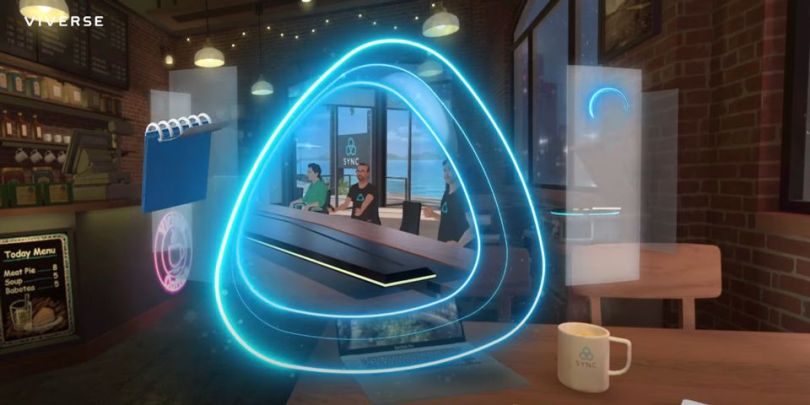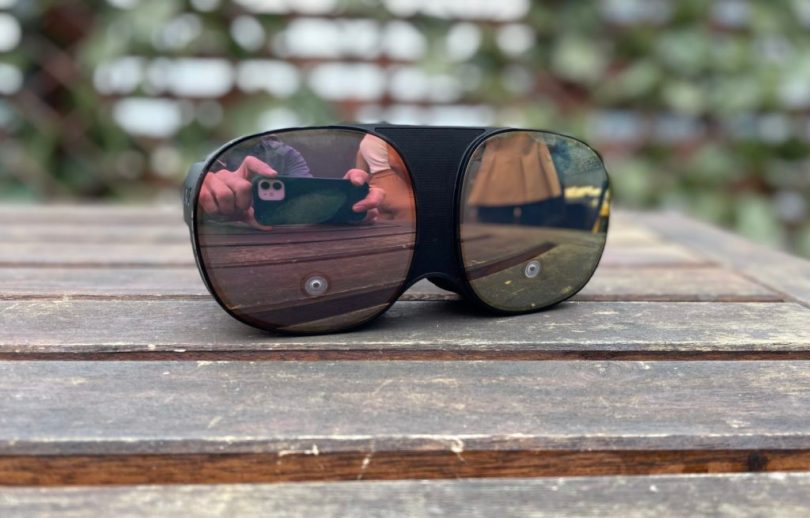VR Entertainment Is Heading To The Backseat

Holoride uses a technology called ‘elastic content’ to merge immersive experiences with the movement of your car.
HTC Vive’s metaverse continues to expand with the recent announcement of Viveverse, an open-sourced connected ecosystem that will let you easily travel between worlds such as Beatday, Engage, VRChat, and Vive Sync, all while protecting your identity, security, and privacy.
Using a tool called Vive Guardian, you’re able to create a set of privacy and security boundaries. It’s also a tool that parents can use to make sure their kids aren’t exposed to anything inappropriate as they world hop.
Another part of the HTC Vive’s Viveverse announcement was that the company is working on expanding the state of in-car VR entertainment through an exciting partnership with Holoride, a company that aims to deliver VR entertainment to car passengers.
According to an official press release, passengers would be able to access VR experiences through the HTC Vive Flow and Holoride’s VR platform. The two companies are already planning on showcasing their work at MWC 2022 by taking attendees on a ride around Barcelona.
During that ride, passengers will be able to access VR content that will adapt to everything from the car’s movement and the length of trip to the driving style and location, all in real-time through a process called ‘elastic content’.
“VIVE Flow is compact and highly portable, delivering a breathtaking experience,” said a representative at HTC VIVE. “Paired with Holoride’s impressive tech, you’ll be able to turn car rides into virtual amusement parks. We’re very excited to work with Holoride in shaping the future of in-car entertainment for passengers.”
Holoride made its debut back in 2019 atCES, during which the company gave attendees a preview of their vision for backseat immersive entertainment. The idea, according to the company, was to turn vehicles into moving theme parks. Techcrunch called it the “best thing at CES 2019”.
Since then the company has continued to grow and has even added a blockchain ecosystem that will allow vehicles fitted with Holoride’s system to access new XR content as it’s launched through the Vive Flow, allowing passengers to jump into a growing catalog of experiences featuring Holoride’s ‘elastic content’ technology. It also ensures that content creators are compensated for their work in real-time.
HTC Vive’s Viveverse partnership with Holoride could have a big impact on the passenger economy. This is especially true for the ever-growing autonomous vehicle market and rideshare companies such as Uber, Lyft, Juno Rideshare, Wingz, and Flywheel.
“Holoride is on a mission to create exciting in-vehicle experiences for passengers to travel the Metaverse, and that starts with putting our technology in the hands – or on the heads – of riders,” said Nils Wollny, CEO and co-founder of Holoride. “Vive Flow is the ideal device for on-the-go XR, so we are thrilled to be partnering with HTC VIVE to give riders direct access to Holoride. The glasses’ sleek, portable design means riders can enjoy a fun and connected experience anywhere they go.”
This same technology could also serve a variety of other use-cases, such as education, enterprise, and training.
There are still some challenges ahead for HTC Vive and Holoride. That said, cutting-edge technology such as 5G and the HTC Vive Flow VR glasses could be the answer to many of the company’s existing roadblocks. This is just the beginning of in-car VR entertainment. The next few years will be very important for the budding industry.
Feature Image Credit: Holoride
This article was originally published on vrscout.com

